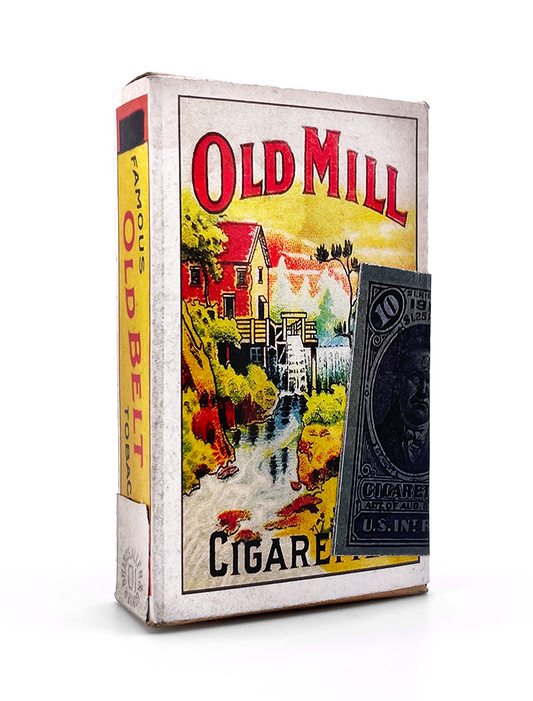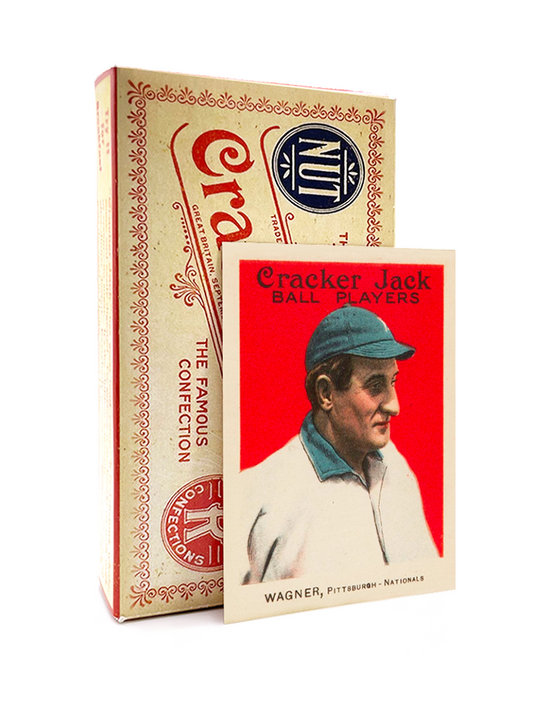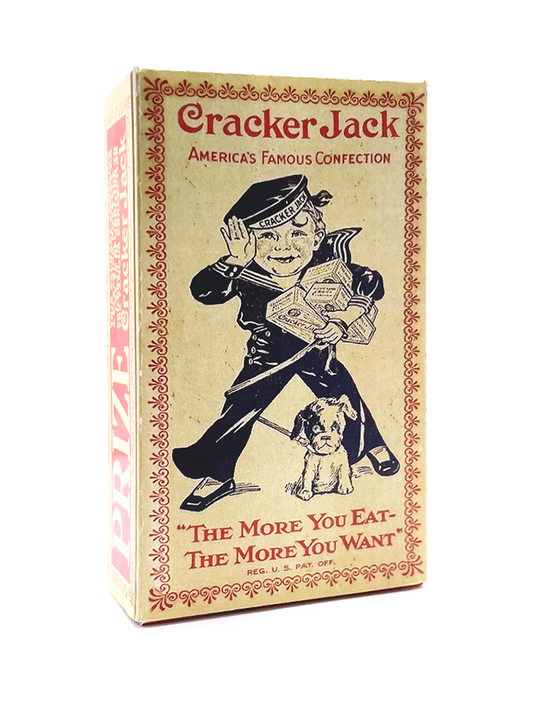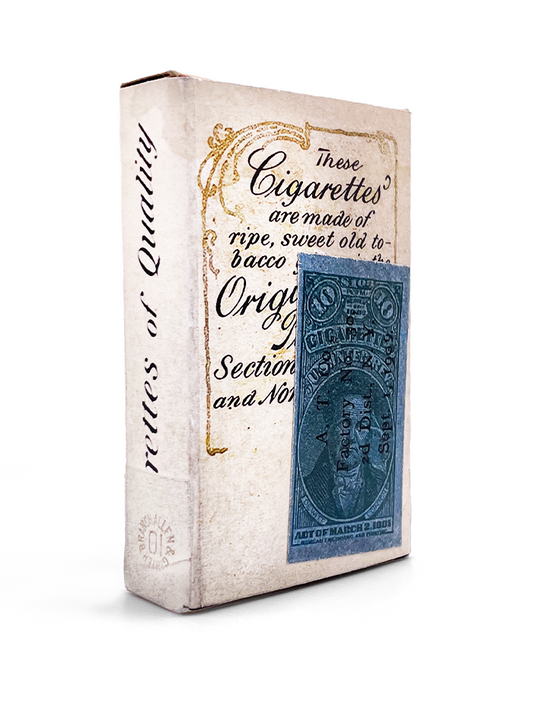How a hundred year-old card became the subject of an FBI investigation – and sold for millions.
When you talk about Americana collectibles, you’ll inevitably come across someone who’s still bitter about their mother throwing away their baseball card collection. Most likely they’ll insist that they would have been able to retire off those cards, if only they didn’t have to clean their room by getting rid of them.
In a few rare instances, they might actually be right. If your collection had a Babe Ruth rookie card in it, you could be paying off your mortgage right now. (But don’t kick yourself too hard for selling your collection to Jimmy, the kid next door, for a Twinkie. We all make mistakes.) One card in particular, though, has shattered all expectations of what the things can be worth.
Baseball Cards are Born
Baseball cards were first printed in the mid- to late-1800s, as a kind of advertisement – you'd get a photo of a pro ball player on one side, and some kind of store information on the other. By the early 1900s, they were adapted into collectible cards, the first major run of which was produced by a candy company in 1903. The practice was quickly adopted by the American Tobacco Company, who made their own cards as a prize for lighting up.
Kids collected these little paper goods in the decades since, until their overfull binders and shoeboxes were stored away and forgotten about. Until some of those kids turned grew up and realized their old cards might be worth a couple bucks.
The T206 Series
You’ve got your Ty Cobbs, Ted Williams, and your Mickey Mantles – all icons of the game whose cards are worth quite a few bucks. But none of them holds a candle to what is officially the most highly-valued baseball card in history.
That honor goes to Honus Wagner, a heavy-hitting shortstop who played with the Pittsburgh Pirates for most of his career. In 1936, he was one of the first five inducted into the Baseball Hall of Fame, and noted to be one of the greatest all-around players who ever lived. Beyond that, he was the first to have his signature branded onto a Louisville Slugger in 1905. But none of that is what makes his card so special.
Wagner’s likeness, a part of the T206 series (a two-year run of cards by the American Tobacco Company), was distributed in packs of cigarettes from 1909 to 1911. Thanks to the bright lithograph colors, unique size, distinctive white borders, and overall rarity of each card, the series has become famous in the collecting community, which obsesses over any remaining T206 card.
Most players' cards had tens of thousands of copies in circulation throughout the history of the run, but only about 50 Wagner cards were ever distributed. The man himself pulled the card from production mysteriously, for one of two reasons: either because he didn’t approve of marketing tobacco to children, or because he wasn’t paid for the use of his picture. We’d like to believe the former, but we wouldn't blame him for the latter.
So What's it Worth?
Saying that these cards are rare would be a massive understatement. Way back in 1933, it was valued at a cool $50 (about $1,200 by today's standards), which made it the most valuable card in the world at the time.
But that was back then, when it was still relatively fresh off the presses, and there were a few dozen floating around. Jump ahead to the 1980s, and there was one card in particular that survived with nary a smudge. A dealer bought the card in a partnership with Wayne Gretzky, so it attached itself to his name, becoming the “Gretzky T206 Honus Wagner.” It was graded as one of the most well kept cards ever, basically in mint condition.
This is suspect. How does a card stay practically perfect for over 70 years? The FBI was also pretty curious, and they began to look into the case after it was rumored that the card had secretly been cut by 1/16th of an inch to keep the edges looking sharp and clean, a move that would have severely reduced the card's value since it would no longer be truly intact.
They eventually concluded it may have been tampered with, but the lack of definitive proof meant that demand for the card stayed at stratospheric levels. It sold for more than any other card in history with its latest auction bringing in a stunning $2.8 million. That would buy a lot of chewing gum.
With the supposed alteration, the card is technically worth about $2 million less. But the story is what makes the card: the owners, the rarity, the mystery, the auctions, and the possible scandal. So the valuation stays.
Those who’ve held the little rectangle in their possession are party to a piece of history. You can even find one – on loan from a very wealthy card collector – in the collection at The Metropolitan Museum of Art. And according to Kevin Hurley, a tour guide there, "No one has ever lost money on this card since its first auction. If you ever get the chance, it's a pretty solid investment."









